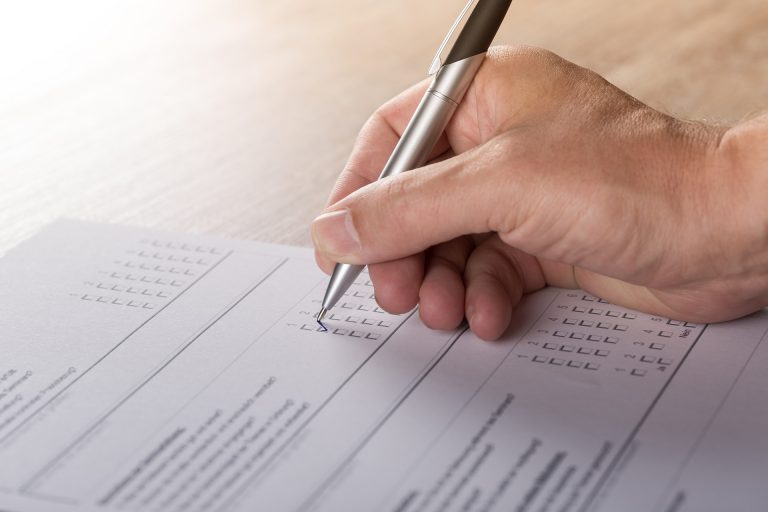Creating Great Incident Reports
- Category - ARMS, Incident Reports, Industry Business, Reports
As part of the reports that your team creates, you must ensure that everyone is on the same page. This includes clarity as to what each team member should include while writing an incident report. If you want, consider streamlining the process by providing a specific form that your team fills out.
Even so, you should supplement this with some training, so everyone knows the crucial information that must be included. Read on to discover elements of an incident report that you should never overlook.
Use forms and templates
As mentioned, a great way to get started is by using the required fields and business rules for the data as the user enters it. This will create spots to fill out the most important information that cannot be overlooked, helping to ensure that no one on your team forgets the most important aspects of an incident report.
You can trust your officers to fill out the data, but why start from scratch when these abilities already exist within ARMS? ARMS, for example, can be set up to require Property records in the instance a Crime Against Property incident code is used, or require a victim (society, business, person) if the user is entering a Criminal Case, along with many other requirements.
This way, you can ensure that the reports include the information you absolutely require, getting your team on the right path from the start.
Include the facts and incident lead-up
When determining what to include in the reports, you want to ensure you input all of the points, including the time of the incident and the lead-up. If any follow-up events have already occurred due to the incident, including those as well.
The facts should start with the questions of who, what, where, and when, along with how or why if they are known. Do not forget to include descriptions of the injuries or crimes that occurred. The goal when combining information into a report is to keep it clear and concise but not at the expense of details.
Gather information from as many sources as you can, such as witnesses and surveillance cameras.
Put in recommendations
Depending on how your department works, you may want to also include a section for suggestions on reports, possibly in the Approval Records notes within ARMS. These do not necessarily need to be followed, but it is incredibly helpful to add this section.
After all, the person who fills out the incident report along with the person approving it will have the highest level of familiarity with the situation, making them the people best suited to make a recommendation.
Always polish and proofread
Before submitting an incident report, remind your team that they should always take a few minutes to proofread as well as polish it up. Proofreading is crucial since a mistake could cause misinformation and lead to inaccurate information.
In the best-case scenario, an incident report that has not been polished or proofread will take longer to read and be more difficult to understand, wasting the time of your team and any agency you share the report with.
With this advice in mind, go ahead and make a master list of what to include in your incident reports, set up forms or templates and training, and start taking advantage of clear information-filled reports.


